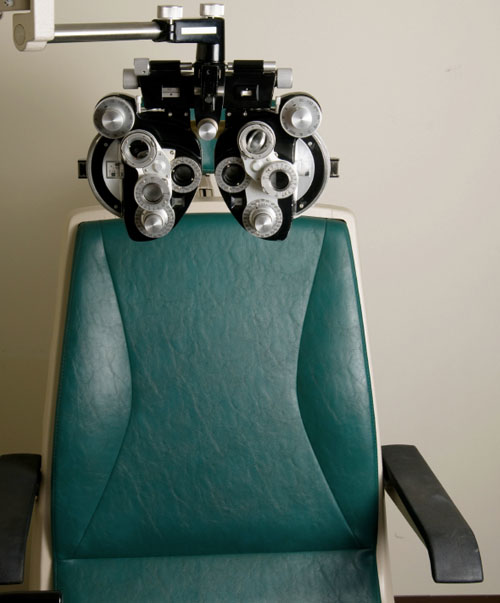This examination is designed to detect a wide range of problems affecting vision function, such as blurred vision or eye discomfort.
Evaluations for eye health disorders are also performed. The American Optometric Association recommends that all people should have a periodic, comprehensive eye examination every one to two years depending on one’s particular needs.
At Hoover Vision Center, we incorporate computerized technology to assist the evaluation of spectacle prescriptions, peripheral vision, and eye health. Computerized instruments are used to supplement rather than replace personalized care. Examinations include tests for glaucoma, cataracts, macular degeneration, and the ocular effects of many general health disorders such as diabetes and high blood pressure, as well as effects of medications. A dilated pupil examination allows us to provide the best assessment of eye health. It is recommended for all new patients and on a scheduled basis thereafter.
Some examples of the testing performed during your eye examination include:

